Investments
It seems like the more you read about the economy, the more confusing it becomes to make the right decision for your finances. Beware of misinformation and order takers.
Set the Intention… to have a Portfolio designed uniquely for you!
Every portfolio we build is a reflection of our client’s personalities, lifestyles, goals and dreams. We empower our clients with goals-based investing and flexible strategies designed to yield positive results over their whole investing life cycle. Our popular SIMPLE CONVERSATION framework guides us in the direction you want to go.
Investment strategies and income protection are tailored to meet your personal situation, financial goals, short-term needs, and long-term objectives. Together, we determine your RISK PROFILE and build portfolios created to achieve the best possible risk-adjusted returns. This is just one way we help you reach your financial objectives.
Discover the difference between RRSPs, RRIFs, LIRAs, LIFs, TFSAs; Pension Plans including: DCPPs, DBPPs; Corporate plans, Group Retirement Plans or RESPs, RDSPs – and most importantly, which allocation is right for you.
Discover the difference between RRSPs, RRIFs, LIRAs, LIFs, TFSAs; Pension Plans including: DCPPs, DBPPs; Corporate plans, Group Retirement Plans or RESPs, RDSPs – and most importantly, which allocation is right for you.
Investment Services
The number of plan options may sometimes seem daunting. Here are some important distinctions that will help you make clearer, more intentional choices.
RRSP / RRIF
The main distinction is that a Registered retirement savings plan (RRSP) is a tax-deferred savings plan (providing an immediate tax refund) used to invest for your retirement, which converts to a Registered retirement income fund (RRIF), a tax-sheltered account that allows you to withdraw income in retirement (at a potentially lower tax bracket).
Intention Tip: It is important to convert a RRSP to a RRIF by December 31 of the year you turn 71, regardless of whether you need the regular income. If you are under the age of 71 and need income periodically, you're usually better leaving your money in an RRSP and making the occasional withdrawal.
LIRA / LIF
A Locked-in retirement account (LIRA) and Life income fund (LIF) is used to transfer amounts that have accrued in supplemental pension plans from a previous employer. A LIRA is a retirement savings vehicle, while an LIF is used to withdraw a retirement income.
Intention Tip: By law, you may keep your LIRA until the end of the year in which you turn 71. Then, you must convert it to either a Life Income Fund or a Life Annuity Fund.
TFSA
A Tax-Free Savings Accounts (TFSA) was established in 2009 for residents of Canada over the age of 18 to set money aside and earn investment income and growth, tax-free, throughout their lifetime. Withdrawals are possible, tax-free, at any time and for any purpose.
Intention Tip: Grow your nest egg for your retirement by adding extra cash flow to your TFSA if you are retired and living debt-free. A TFSA would provide you with a tax-free way to grow your savings in retirement - and you can continue contributing to your TFSA even after the age of 71.
DCPP / DBPP
A Defined Contribution Pension Plan (DCPP) is set up by an employer and designed to help you save for retirement and contribute to your pension pot without being taxed. Under a DCPP, the individual takes on all the investment risk.
A Defined Benefit Pension Plan (DBPP) is a predefined amount set up by an employer that is based on the salary and years of service multiplied by a certain percentage. It entitles employees to a guaranteed and fixed retirement income from the company, regardless of the performance of the investments.
Intention Tip: Some employers offer matching programs for their DCPP, enabling you to earn up to a certain percentage of your contribution. Ask your HR contact if your employer is doing this!
RESP
A Registered Education Savings Plan (RESP) is a dedicated savings account for parents who want to save for their child's education after high school. You can make contributions into an RESP until 31 years after you first opened it. You can transfer savings from other RESPs into a single plan.
Intention Tip: In order to maximize all government grants, you should contribute 2500$ / year (equivalent to 208$ / month) so that your child can benefit for their post-secondary education. You can start contributing during their year of birth to age 17, but do not worry, if you didn’t start early, there is a way to catch up!
RDSP
A Registered Disability Savings Plan (RDSP) is a savings plan that helps Canadians with disabilities save for long term financial requirements. An RDSP allows you to save money for the future, without paying tax on the earnings. Depending on your family income, the federal government may contribute as much as $90,000 to your account. Your provincial government disability benefits will be unaffected.
Intention Tip: Anyone who qualifies for a Disability Tax Credit can earn grants up to the age of 49. For people under the age of 18, income is based on parental income, and for those over the age of 18, it is based on their income.
Services
About
Connect
Intention Financial
100 boul. Alexis Nihon, suite 398
Saint Laurent, Quebec, Canada
H4M 2N8
(514) 747-6565




All Rights Reserved | Intention Financial
Created by WSI Digital Marketing


